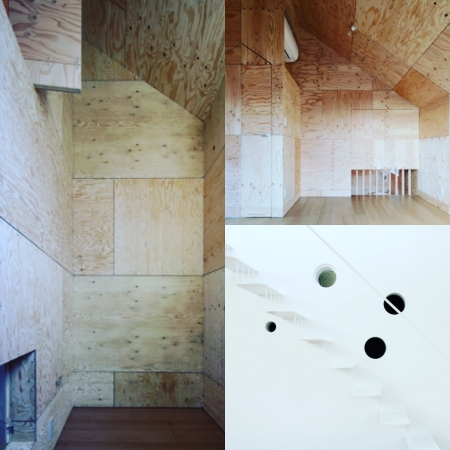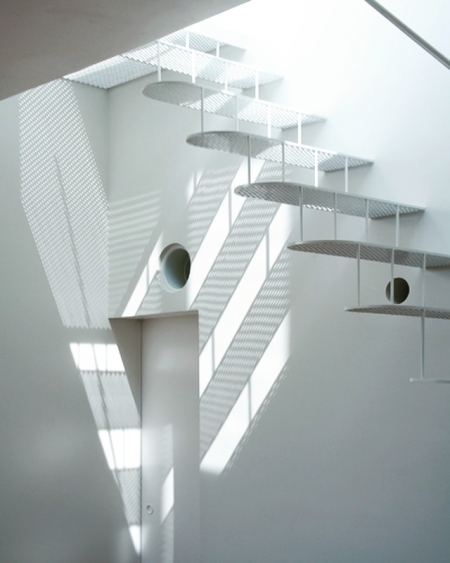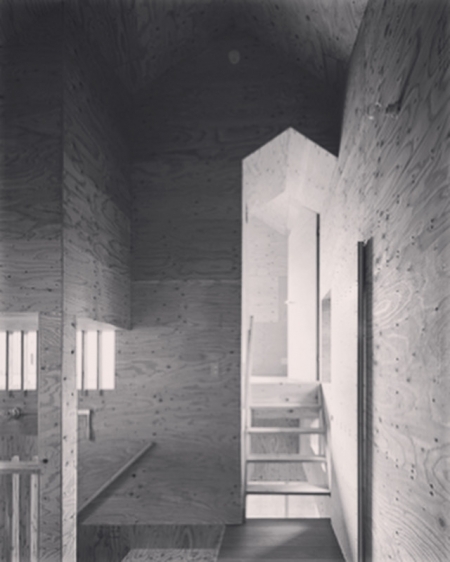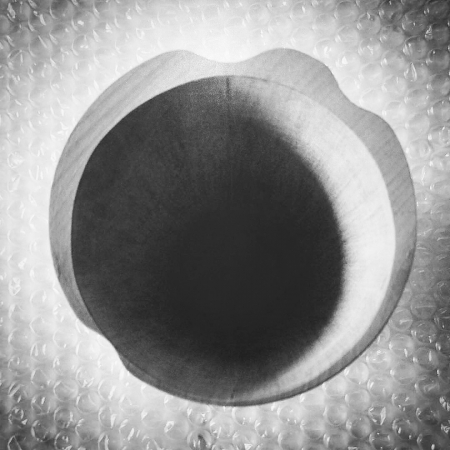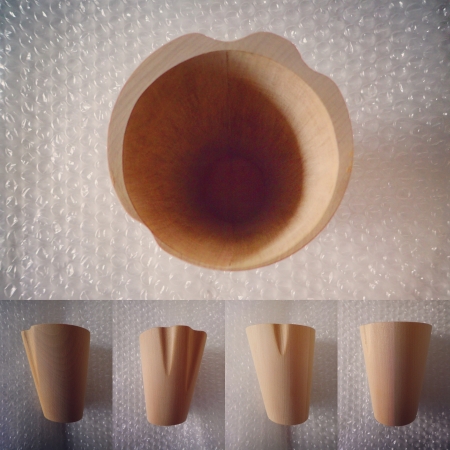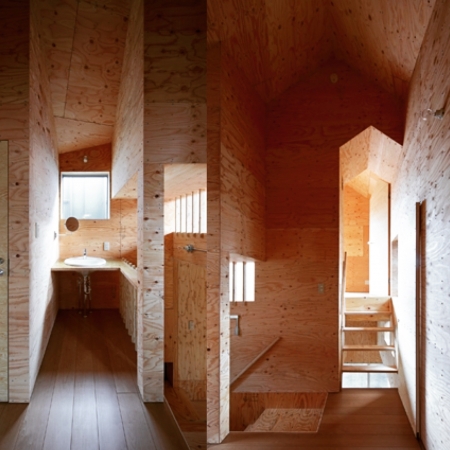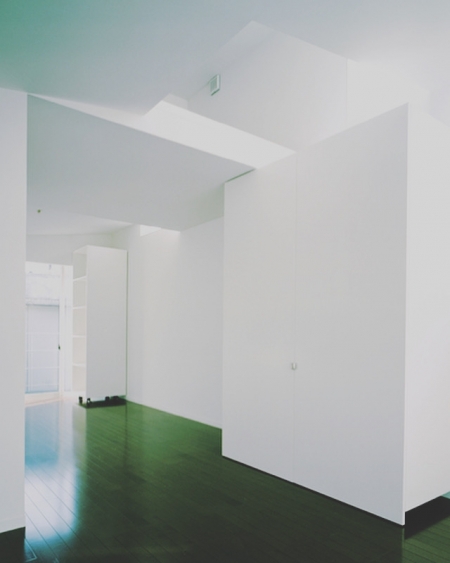壁に関係性を折り込む
空間がストラクチャー以外の要素で成り立つならば、そこは厳密に言うと、ストラクチャーがないと空間は成り立たないが、ストラクチャー以上の強度を持って空間を成り立たせる要素が存在するならば、ストラクチャーの存在を消すことができるので、その状態はストラクチャー以外の要素で空間が成り立つとしても良いだろう。
そのストラクチャー以上の強度を確保するために、人との密接な関係を築く。要するに、空間を認識する側の人との関係性で成り立つ空間になると、その空間ではストラクチャーの存在が消える。
それでは、ストラクチャー以上の強度を持って空間を成り立たせる要素を何にするか、今考えているのは「壁」及び「壁に付随するもの」である。壁ならば、物理的に消すことができないストラクチャーをも包括することができ、その包括の仕方に、空間を認識する側の人との関係性を折り込むこともでき、空間を人が自身の手中で扱えるデザインとして構成できる可能性が生まれるからである。
"Folding relationships into walls"
If space consists of elements other than structure, strictly speaking, space does not hold without structure, but if there is an element that makes space more strong than structure, the existence of structure exists. Since it can be erased, its state may be good if space is made up of elements other than structure.
Establish a close relationship with people to ensure the strength of the structure. In short, when a space is established based on the relationship with the person who recognizes the space, the existence of the structure disappears in that space.
Now, what are the elements that make up space with more strength than the structure is what we are thinking about, "walls" and "things attached to walls." Walls can include structures that cannot be physically erased, and can include relationships with people who recognize the space in the way they are included. This is because there is a possibility that it can be configured as a design that can be handled by.

